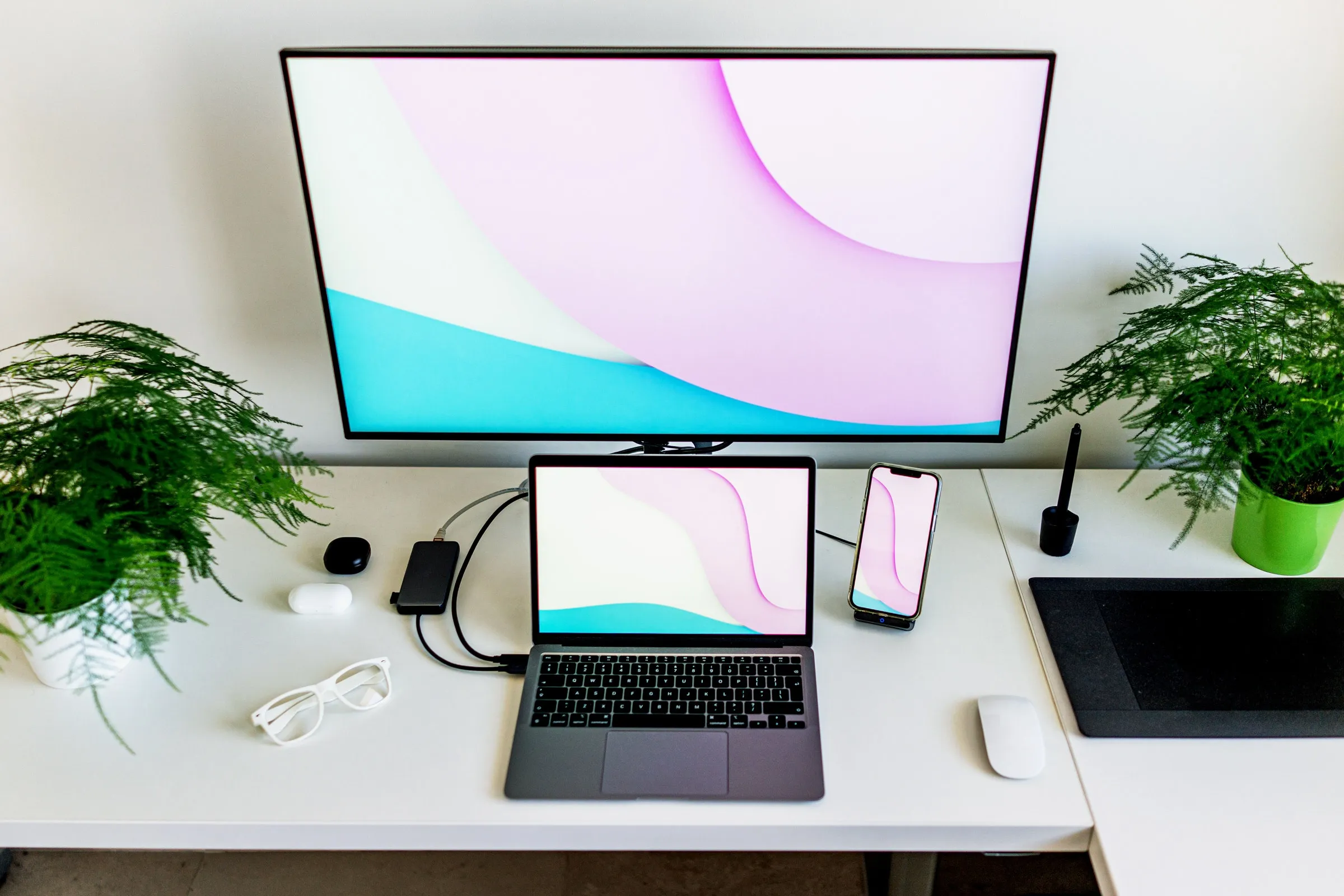Title: How to Connect a Second Monitor to Your Laptop: A Comprehensive Guide
Introduction:
In today’s digital age, having a second monitor can significantly enhance productivity and improve multitasking capabilities. Whether you’re a professional, a student, or a casual user, learning how to connect a second monitor to your laptop can unlock a world of possibilities. In this guide, we’ll walk you through the step-by-step process, demystifying the technical aspects while providing practical insights for seamless integration.
Understanding Your Setup:
Before diving into the connection process, it’s essential to understand your setup and the available ports on your laptop and monitor. Laptops and monitors typically feature a variety of ports, including HDMI, VGA, DisplayPort, and USB-C. Familiarize yourself with these ports to determine compatibility and identify the appropriate cables needed for connection.
Recommended: How To Reset An Hp Laptop To Factory Settings
Step-by-Step Guide: Connecting Your Second Monitor
- Check Compatibility: Ensure that your laptop and monitor support external display connectivity. Refer to the user manuals or manufacturer websites for specifications.
- Gather Necessary Cables: Depending on the ports available on your devices, you may need HDMI, VGA, DisplayPort, or USB-C cables. Select cables of appropriate length and quality for optimal performance.
- Identify Ports: Locate the video output ports on your laptop and the corresponding input ports on your monitor. Common output ports on laptops include HDMI, VGA, DisplayPort, and USB-C.
- Connect the Cable: Insert one end of the cable into the video output port on your laptop and the other end into the input port on your monitor. Ensure a secure connection to prevent signal loss or disconnection.
- Adjust Display Settings: Once connected, your laptop may detect the second monitor automatically. If not, navigate to your laptop’s display settings and select the option to extend or duplicate the display.
- Position and Arrange Displays: Customize the arrangement of your displays to suit your preferences. You can choose to extend your desktop across both monitors or mirror the same content on both screens.
Optimizing Display Settings:
To maximize the utility of your dual-monitor setup, consider adjusting display settings for optimal viewing and productivity.
Related Post: How To Turn Wifi On Dell Laptop
- Resolution: Set the resolution to match the native resolution of your monitor for crisp, clear visuals.
- Refresh Rate: Adjust the refresh rate to reduce motion blur and enhance overall display quality.
- Orientation: Explore landscape and portrait orientations based on your workflow and content requirements.
FAQs:
- Can I connect a second monitor to my laptop wirelessly?
- Yes, you can use wireless display technologies such as Miracast or WiDi if your laptop and monitor support them.
- What if my laptop doesn’t have compatible output ports?
- You can use docking stations or USB video adapters to connect a second monitor via USB ports.
- Do I need additional software or drivers to connect a second monitor?
- In most cases, your operating system will automatically detect and install necessary drivers for the second monitor. However, you may need to download specific drivers for optimal functionality.
Conclusion:
Mastering the art of connecting a second monitor to your laptop opens up a world of possibilities for enhanced productivity, seamless multitasking, and immersive multimedia experiences. By following the simple steps outlined in this guide and exploring the diverse array of display options available, you can create a customized workstation tailored to your unique needs and preferences. Harness the power of dual monitors to elevate your computing experience and unlock new levels of efficiency and creativity.
Recommended: How To Fix A Overheated Laptop
Also Read: How To Connect A Ps5 To A Hp Laptop
Also Read: What To Do With A Laptop

